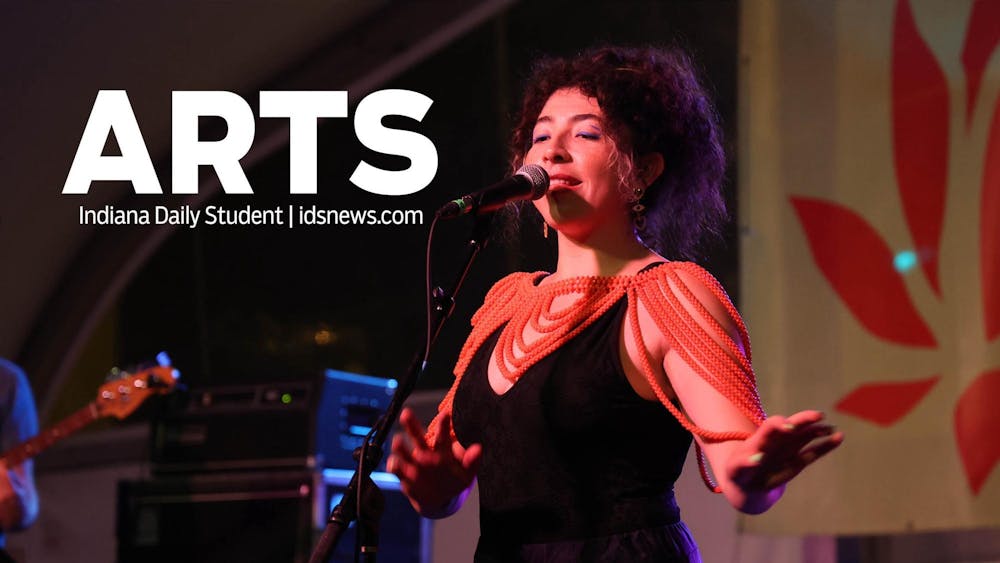The Oscars have concluded, the winners have been announced and the debate of which films deserved to have been awarded has begun; absolving into a question of which film is the “best” or the “greatest.” Could a film adaptation of a previously written novel or play ever receive such an award as “Best Original Screenplay” if the film’s basis is off another work of art? To wrestle with this question, I want to figure out how we can define great art.
I have found there to be two fundamental aspects of art that would render it great: How accurately one can transform their art from their mind onto their chosen canvas and how creative the piece is. This phenomenon can be analyzed in every art style imaginable. I will use the art style of music and film.
An essential feature of great art involves transferring your ideas from your imagination onto some sort of canvas, whether this be via easel, soundboard, notebook, etc. Great art is only great when the artist’s concept is well translated from their mind onto their canvas, as accurately as they envisioned.
Not having a vivid idea of what art one aspires to create is a cowardly way of allowing errors in art that can be passed as intentional, while allowing third party variables to dictate the outcome of the piece. I worry Bob Ross was wrong when he said, “We don’t make mistakes, we have happy accidents.”
It then follows that a great artist must have a vivid imagination that is rich with detail, so as to have a precise depiction of every aspect of their art to be accurately translated into the physical world. Of course, few artists have a perfectly vivid idea of what it is they wish to create, nor can many artists perfectly translate an idea. So, achieving perfectly great art in this manner is likely unattainable.
We must consider the other fundamental factor: creativity.
Perhaps one can look at a cover band. I adore live music and have heard my fair share of cover bands, from dive bar amateurs slurring their way through some of the ‘80s greatest hits to more renowned cover bands that sell out arena-sized venues. But both bands are never revered as ‘the greatest band of all time,’ even if their performance is a one-to-one recreation of the famous tracks they cover. This is because, while their recreation of your favorite tunes may be well crafted, there inherently lacks any creativity in the music, as they are instructed what notes to play by the composers and writers of those songs.
Even an artist who perceives their art as ‘original’ or ‘creative’ can never be certain that their art is entirely great, as all art spawns from some source of inspiration, whether this be a conscious process or not. I still believe, however, that some art is more imitative than others.
When Timothée Chalamet recently covered the reputable Bob Dylan track “Tomorrow is a Long Time” on “Saturday Night Live,” he attempted a near perfect recreation of the original track. Because of this, I wouldn’t deem the art as great, despite Chalamet’s incredible talent.
But if you take the equally famous Jimi Hendrix cover of the Dylan track “All Along the Watchtower,” Hendrix inserts much of his own approach to the song amidst the genre shift from folk to psychedelic rock. He embodies the track almost as his own, making it greater than the typical cover. Even then, this phenomenal track could never be rendered truly great, as it was Dylan who wrote remarkable lyrics Hendrix would cover.
In the Oscars season, the same could be said for the new trend of Disney’s live-action adaptations, or films like “Dune: Part Two” or “Wicked,” which merely retell a story that has already been told for decades. Thus, there is seldom much creative freedom in a cover band, or even in film adaptations, ultimately restricting such types of bands and films as being capable of producing truly great art.
Still, identifying the true originality of any work of art is a virtually impossible task, and for that, it’s difficult to know how ‘great’ most pieces are. Artists unconsciously or knowingly take inspiration from several aspects of their lives, including other works of art they admire.
I therefore do not believe a true and pure original work of art can exist. Developing talent in respect to art is a straightforward process; consistent practice will inevitably better one’s ability to flourish in their respective art form. Finding a source for creativity, however, is immensely more complex. For many, their creativity may spark from personal experiences, deep emotions they’ve felt or taking inspiration from several artists to create a work that is entirely their own.
Forming truly great art is a task that requires both profound creativity and talent. So much artistic potential has been lost because of people lacking in one of those two aspects. Fortunately, as the tools for creating art have become more accessible, as well as the visibility of many types of art via social media, we may continue to see cutting-edge art that will truly qualify as unique, skillful and great.
Jacob Lubarsky (he/him) is a senior studying philosophy and political science.






